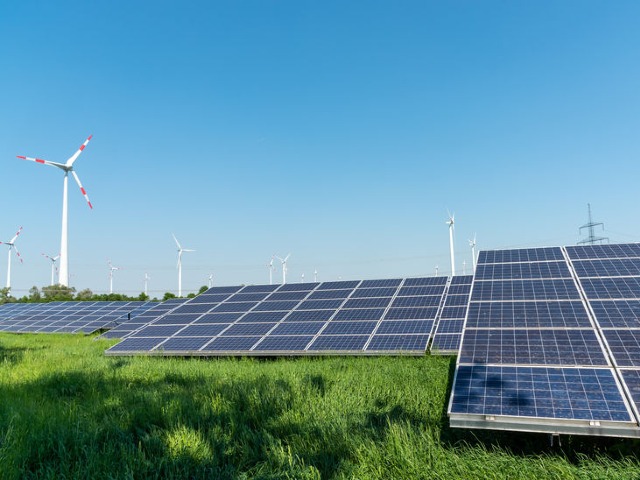Investors in green energy make a lot of profit from subsidies

By: Daan Hulshof, researcher and lecturer executive program Successful Energy Transition with Multidisciplinary Approach (University of Groningen Business School)
“My analysis of the Dutch subsidy system shows that many investors in renewable energy need a lot less subsidy than they actually receive. This ensures that these investors achieve relatively high profits, or "excess profits", on their subsidized projects. I have now calculated that the excess profits amount to more than 30% for any (profitable) project. In practice, however, investors do not randomly choose their projects, but rather know how to choose the most profitable projects. As a result, the excess profits of the projects actually undertaken amount to as much as 50%.
This means that the government has to levy more taxes (eg on gas and electricity) to finance these subsidies. This is not only inefficient (among other things because of the administrative costs involved in taxation and subsidies), but also undesirable because of the injustice it entails. These subsidies, largely funded by citizens, are intended to contribute to achieving our climate goals and not to excessively reward investors. It therefore seems desirable to me that the existing subsidy system is reviewed.
Subsidy as a source of excess profit
Excess profits in sustainability projects arise when subsidies are higher than the minimum subsidy amount that would have been necessary to realize a project. One difficulty in limiting excess profits is that costs differ from project to project. As a result, the minimum subsidy amount required differs per project. However, the government cannot directly estimate these differences, nor can it rely on the information that investors provide about them because of their incentive to overestimate the amount of subsidy required. In practice, therefore, a fixed subsidy amount is often determined per renewable technology or category (such as onshore wind in municipalities in a specific geographical zone). However, my analysis shows that, even within such a category, there are still large differences in the minimum required subsidy amount in practice. As a result, the relatively favorable projects receive (much) more subsidy than they would need to make their project profitable.
(In) justice and support for climate action
The injustice of overly generous subsidies is that subsidies are funded from public money. Households and companies (especially the former) are taxed extra for every kilowatt hour of electricity and cubic meters of gas they consume and the proceeds are used for an important public interest: achieving our climate goals. And this is where the problem is: the excessive part of “too high” subsidies does not generate more renewable energy, but rather a shift of money from energy users and taxpayers to investors. The result of generous subsidies is therefore a small group of investors with high appetites, while the rest of society does not enjoy extra benefits, but is faced with higher costs. This is not fair and therefore threatens support for the necessary climate measures. In order to maintain and increase this support, the government must pursue an effective climate policy, with measures that reduce CO2 emissions at the lowest possible cost and do not result in excess profits for subsidized investors.
Possible solutions
There are several options for limiting the surplus profits from subsidies. Firstly, when determining the subsidy amount, in more detail can be looked at project-specific characteristics. For onshore wind, for example, you could take into account the specific wind speed at the location and height of a mill, instead of simply keeping the average wind speed at a fixed height throughout the municipality. This then results in a project-specific subsidy amount.
Another option is an auction system where investors compete to build a wind farm at the lowest subsidy amount. We are already seeing encouraging results from these types of systems in the Netherlands in offshore wind, but also in onshore wind projects in neighboring countries. An important advantage of such a system is that the government itself does not have to estimate the costs and revenues of projects, and how this differs between projects. When costs fall, or investors are willing to accept lower subsidies given the costs, this immediately results in lower subsidies.
It is very important that we achieve the climate goals. Given the long road ahead, this will only require more climate policy. At the same time, large amounts are already involved in renewable energy subsidies: more than € 45 billion has been pledged in the past 5 years. That is why it is important to design subsidy systems intelligently. This contributes to the realization of an efficient energy transition that can count on the support of citizens. ”
Daan Hulshof will be awarded a PhD by the Faculty of Economics and Business of the University of Groningen on 22 April 2021, partly for this research.


